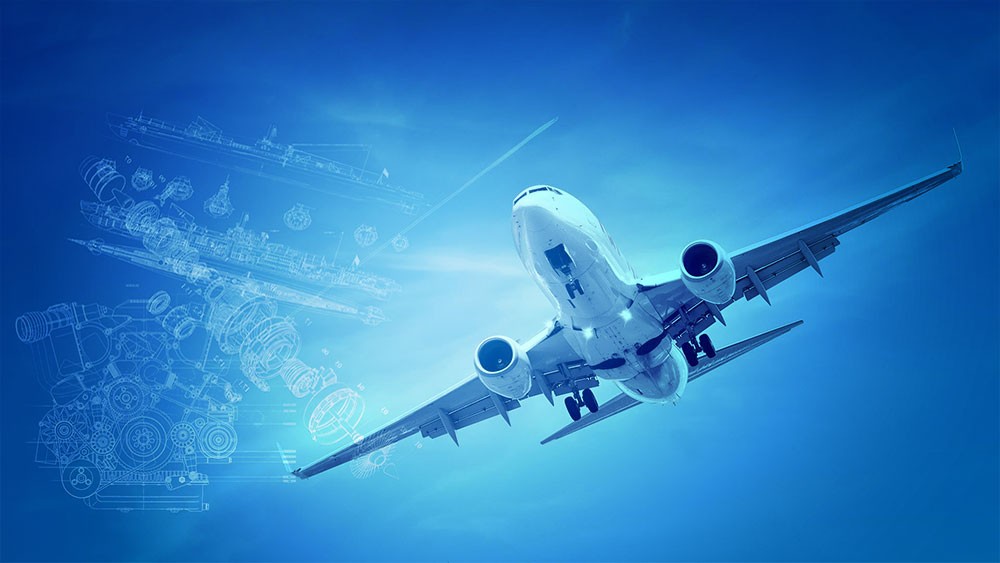The advancement of modern avionics in aerospace has transformed the way we travel and conduct business in the skies. The importance of these advanced electronic systems cannot be overstated, as they are crucial to the performance and safety of aircraft used in passenger transport, military operations, and cargo delivery. With the constant push for innovation, the aerospace industry relies heavily on these technologies to ensure efficiency and effectiveness in various applications.
In today’s aerospace sector, modern avionics encompass a wide range of critical systems, including navigation, communication, monitoring, and even flight control. These systems provide pilots with essential information, offering precise data that aids in route planning, real-time problem-solving, and ensuring overall flight safety. As we delve deeper into this topic, you’ll gain insights into how modern avionics play an essential role in the aerospace industry and how they are poised to evolve in the future.

Historical Development of Avionics
The journey of avionics began with basic aircraft instruments and has since evolved dramatically. Initially, pilots relied on mechanical gauges and manual controls to operate their aircraft. However, as the aerospace industry expanded, the need for more sophisticated electronic systems became evident. Over the decades, avionics technology has undergone numerous transformations, leading to the cutting-edge systems in use today.
One significant milestone in the development of modern avionics was the introduction of digital technology. The transition from analog to digital systems brought about increased reliability, accuracy, and capabilities in data processing. This shift enabled more complex computations and functionalities, allowing pilots to manage multiple information streams seamlessly.
Key Components of Modern Avionics
The architecture of modern avionics is complex, incorporating various components designed to optimize aircraft operation. These components include:
1. Flight Management Systems (FMS)
Flight Management Systems are integral to modern aviation, offering pilots precise navigation and performance data. By integrating seamlessly with GPS technology, FMS systems help in route planning and fuel efficiency, reducing operational costs and enhancing safety.
2. Cockpit Display Systems
Cockpit displays have evolved from traditional dials to sophisticated digital screens, known as glass cockpits. These advanced systems provide pilots with a centralized display of critical information, from engine performance to weather updates, all at their fingertips.
3. Communication Systems
Effective communication is vital in aviation. Modern avionics feature advanced communication systems that allow pilots to maintain constant contact with air traffic control and the airline’s operational control. These systems ensure that messages are transmitted clearly and efficiently.
Advancements in Navigation Technologies
Navigation is a fundamental aspect of aviation, and modern avionics have revolutionized how it is conducted. Technologies such as GPS-based navigation and Automatic Dependent Surveillance-Broadcast (ADS-B) have improved accuracy and provide real-time aircraft tracking, crucial for maintaining airspace safety and efficiency.
Modern navigation systems enhance situational awareness and allow for precision flight paths, which are especially critical in challenging weather conditions or congested airspace. Pilots can now rely on these advanced systems to conduct safe and efficient flights, minimizing delays and optimizing fuel consumption.
The Role of Avionics in Safety and Efficiency
Safety is the top priority in aviation, and modern avionics play a significant role in ensuring this. Advanced avionics systems are designed to prevent accidents by providing pilots with critical alerts and data analytics that help in decision-making during emergencies. Additionally, advancements in collision-avoidance technology have substantially reduced the risk of in-air incidents.
Efficiency is another aspect where modern avionics shine. By offering improved flight management tools and optimizing routing, these systems help airlines cut fuel costs, reduce emissions, and maximize operational efficiency. The role of modern avionics in reducing the carbon footprint of aviation is vital as the industry strives for a more sustainable future.
Challenges in Avionics Development
While the benefits of modern avionics are evident, developing these technologies is not without challenges. The aerospace sector faces numerous hurdles, including the need for continual technological advancements to keep pace with evolving demands. Cybersecurity is also a critical concern, as increased connectivity in avionic systems makes them susceptible to potential threats.
Moreover, the integration of new avionic technologies into existing aircraft can be costly and complex. Manufacturers and airline operators must collaborate closely to ensure these systems are compatible and meet stringent safety standards.
Future Trends in Aerospace Avionics
Looking ahead, the future of modern avionics is poised for exciting advancements. Innovations in aerospace electronics manufacturing are leading the way to even more integrated and intelligent systems. Artificial intelligence is expected to play a crucial role in enhancing pilot decision-making by providing predictive analytics and autonomous capabilities.
Furthermore, the push for greener aviation is driving the development of avionics systems that are not only more efficient but also environmentally friendly. As the industry moves towards hybrid and electric aircraft, avionics must adapt to support these new technologies and ensure seamless operations.
Conclusion
The modern avionics in aerospace are instrumental in shaping the future of aviation. They provide the technological backbone that ensures safe, efficient, and sustainable operations. As the industry evolves, continuous innovation in avionics will remain essential to meeting the ever-growing demands of modern flight.

FAQ Section
What are modern avionics?
Modern avionics are advanced electronic systems used in aircraft for navigation, communication, and flight management. They provide pilots with vital information to ensure safe and efficient flights.
Why are modern avionics important?
They enhance safety, efficiency, and performance in aviation. By providing precise data and improving situational awareness, they help to prevent accidents and optimize flight operations.
What future trends can we expect in avionics?
Future trends include increased integration of artificial intelligence for enhanced decision-making, and the development of avionics systems compatible with hybrid and electric aircraft for greener aviation.


